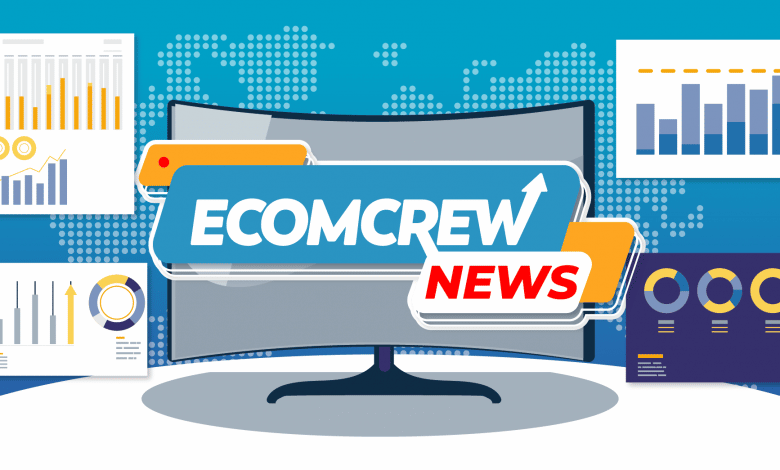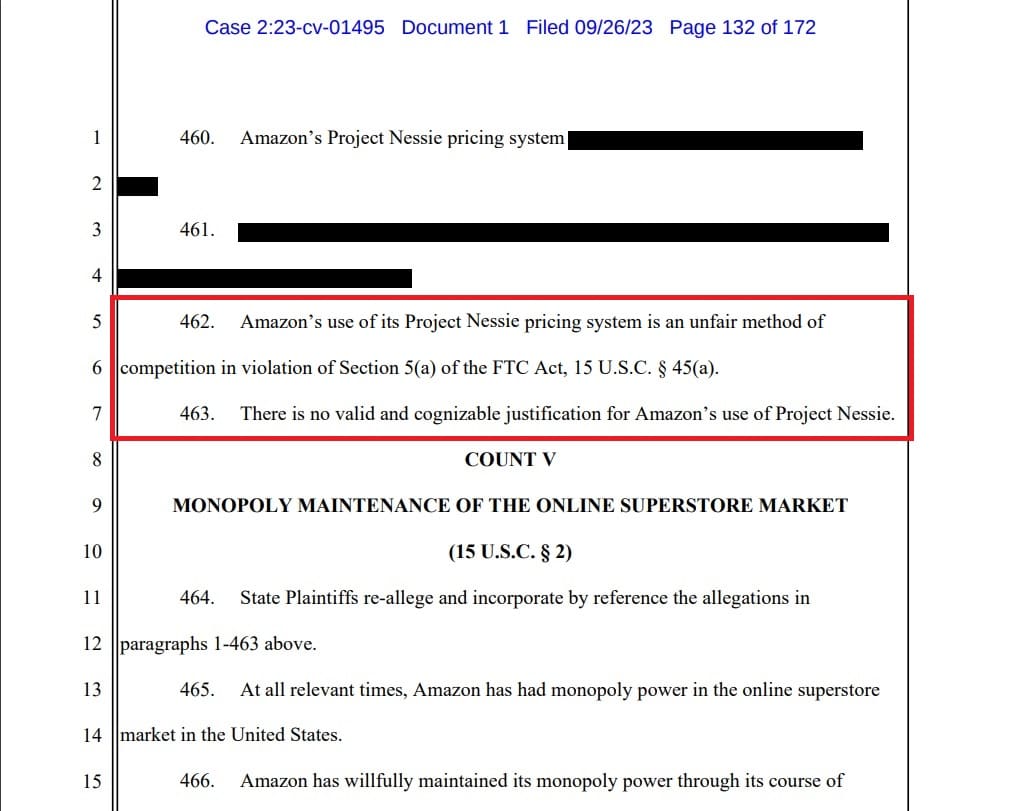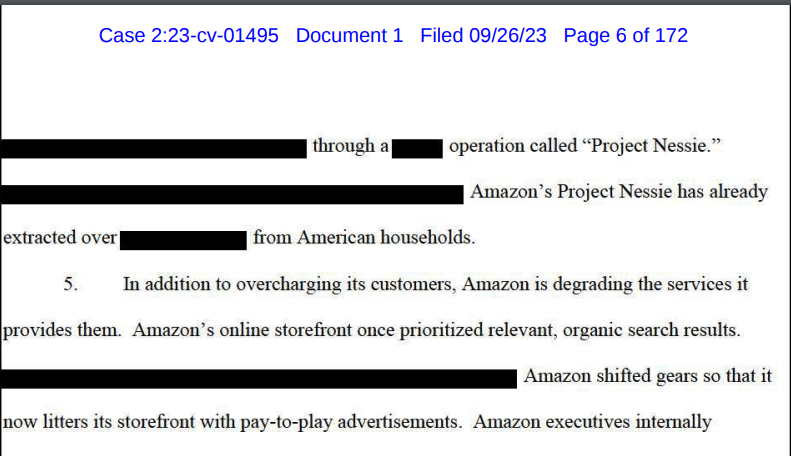Did Amazon Really Make More Than $1B From Using a Secret Algorithm to Increase Prices?

New details from the antitrust lawsuit filed by the Federal Trade Commission (FTC) against Amazon revealed the ecommerce giants used a ‘secret algorithm’ to help them decide when to jack up and drop prices of their products.
In the redacted lawsuit, the FTC claims Amazon’s Project Nessie was used as an unfair method of competition that has no valid justification and is a violation of the FTC Act.

What Is Project Nessie?
Project Nessie was an algorithm code designed by Amazon to test how much they could increase their prices and see whether competitors would follow suit. By doing so, Amazon was able to extract as much revenue as possible from every product sold on its website while staying competitive with its competitors.
If competitors stand pat on their pricing, Amazon automatically lowers the price of that commodity, especially if the product hasn’t generated much sales. In a report from CNBC, Amazon stated why Project Nessie was started and what ultimately led them to scrap the project in 2019:
“Project Nessie was a simple project with the purpose to try to stop our price matching from resulting in unusual outcomes where prices became so low that they were unsustainable. The project ran for a few years on a subset of products, but didn’t work as intended.”
In journalist Jason Del Ray’s book Winner Sells All, an Amazon spokesperson revealed that the program failed to generate profitable outcomes.
I’ve seen the heavily-redacted section of the FTC antitrust case against Amazon that talks about a mysterious “Project Nessie.”
The below is from my new book @WinnerSellsAll. But it seems that Amazon’s response to me doesn’t necessarily jibe with what’s being alleged pic.twitter.com/3wRc7Tofqk
— Jason Del Rey (@DelRey) September 26, 2023
A 2018 blog post by Amazon also revealed that Nessie was a term used by Amazon to monitor spikes or trends on its website.
How Does Project Nessie Improve the FTC’s Case Against Amazon?
It’s easy to say that Amazon is basically doing advanced competitor research to ensure they can compete with other brands or that their spy pricing system never worked since it was stopped four years ago. However, given the company already holds nearly 40% of the total market share in ecommerce, competitors will notice whatever Amazon does. And as per The Wall Street Journal, Project Nessie raked in more than $1 billion in revenue for Amazon.
Project Nessie is part of the FTC’s efforts to show Amazon’s monopolistic power in the ecommerce industry. Adjusting prices can trigger brands and even brick-and-mortar stores to adjust their prices based on Amazon’s pricing which leads to more money spent for consumers as sellers would try to offset the different fees they pay on Amazon by adding it to their listings.

Amazon has refused to comment about Project Nessie specifically, but said the FTC was wrong on their facts saying it’s based on a fundamental misunderstanding of retail and look forward to making their own case on the next scheduled hearing.



